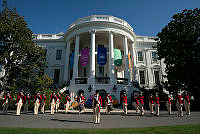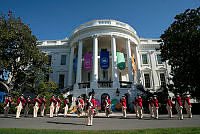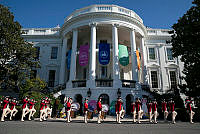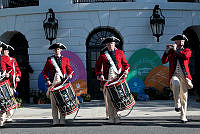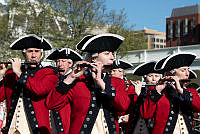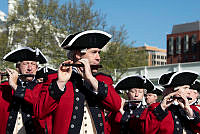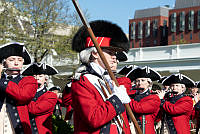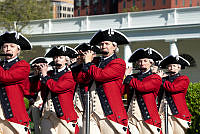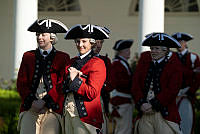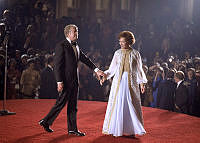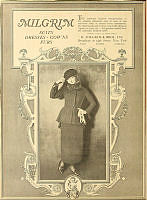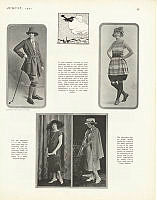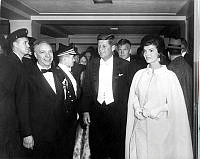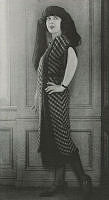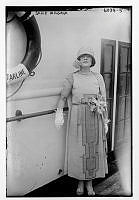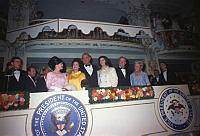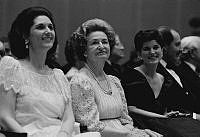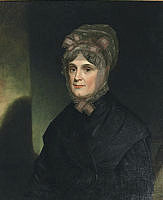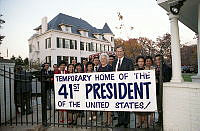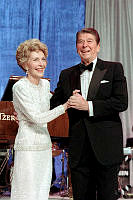Presidential Inaugurations: The Inaugural Address
Copyright © White House Historical Association. All rights reserved under international copyright conventions. No part of this article may be reproduced or utilized in any form or by any means, electronic or mechanical, including photocopying, recording, or by any information storage and retrieval system, without permission in writing from the publisher. Requests for reprint permissions should be addressed to books@whha.org

President Abraham Lincoln delivered his second inaugural address, March 4, 1865, near the end of the Civil War.
George Washington delivered the first inaugural address, invoking God’s guidance, demurring about his qualifications for presidential tasks, and declaring his intention to accept no salary -- save expenses -- while serving. It was Washington who in 1793 gave the shortest inaugural address of 135 words, while William Henry Harrison’s 1841 speech, lasting almost two hours, was the longest at 8,455 words.
Inaugural speeches set the tone for the incoming administration. Sometimes they are intended to persuade, as when Abraham Lincoln in 1861 urged the seceding southern states to avoid war, or to heal and reconcile, as when he stated his policy toward the defeated Confederacy in 1865, promising "malice toward none" and "charity for all."
Some presidents have spoken directly to the nation’s concerns. Franklin D. Roosevelt’s 1933 inaugural assertion, "The only thing we have to fear is fear itself," allayed the panic of a people gripped by the Great Depression. John F. Kennedy’s 1961 challenge — "Ask not what your country can do for you, ask what you can do for your country" — sent an idealistic message, calling for change and sacrifice.
Usually bipartisan and unifying, the inaugural address gives the president a first "center stage" opportunity to introduce his vision to the nation and the world.

This photograph is of President Franklin D. Roosevelt delivering his First Inaugural Address in Washington, D.C. on March 4, 1933.
Franklin D. Roosevelt Presidential Library and Museum/NARA













